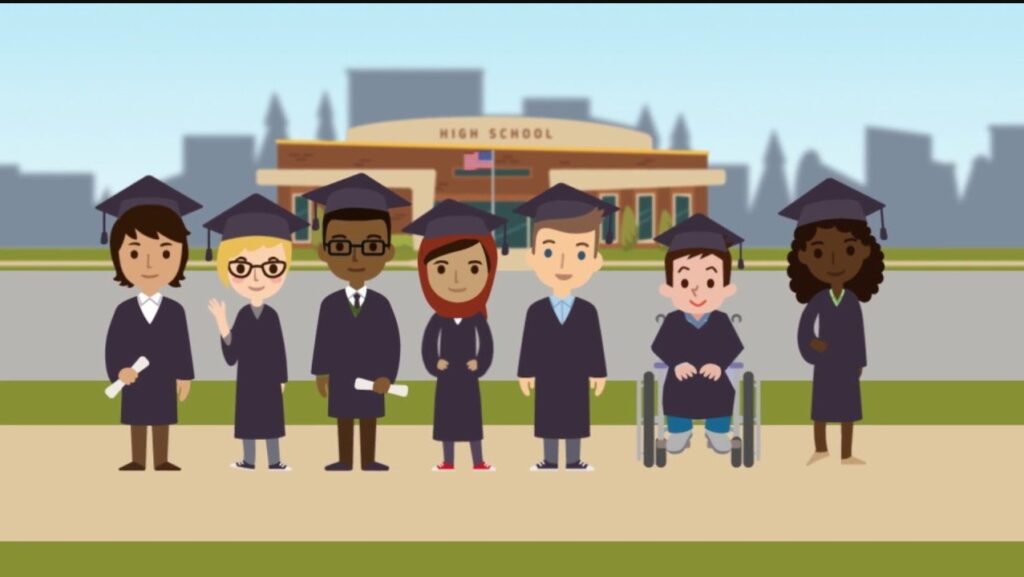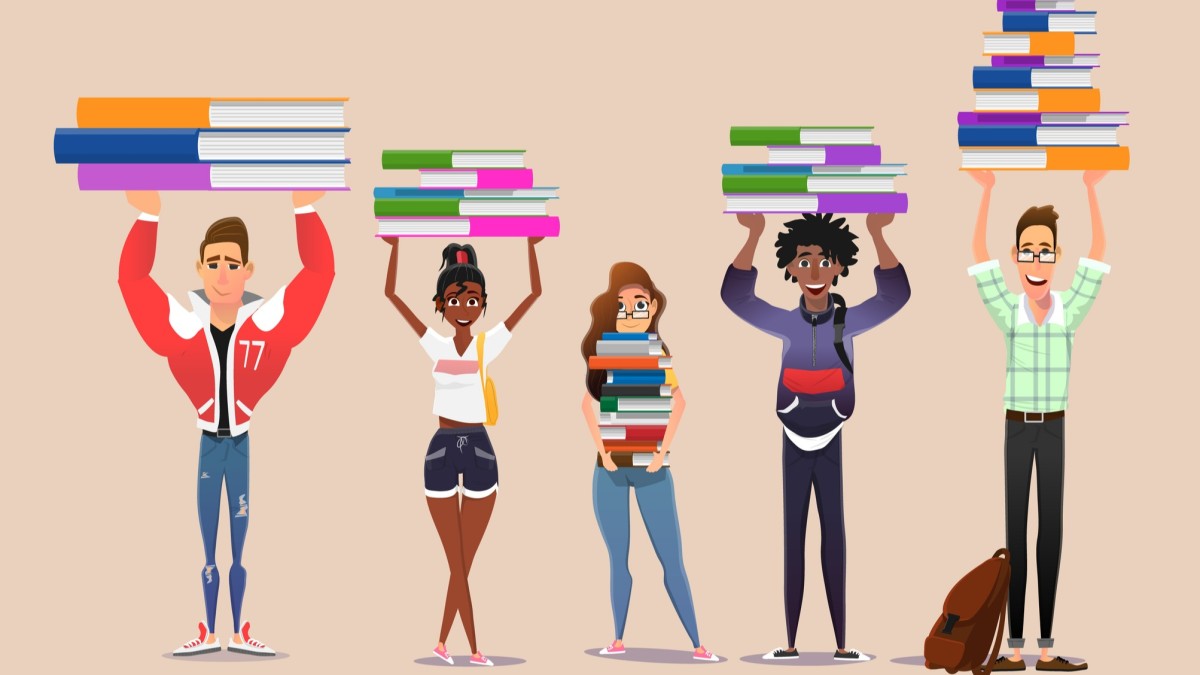Education is often hailed as the great equalizer, a means of empowering individuals and promoting upward social mobility. However, the reality is that education systems around the world continue to perpetuate and exacerbate social inequalities. While education is the driving force that potentially eliminates the differences and discriminations that contaminate society, the space itself is riddled with a lot of inequalities that pose difficulties for those in the field. In this article, we will explore the concept of equality in education, its challenges, and potential solutions.
What is equality in education?
Equality in education refers to the idea that every individual has the same opportunity to access and benefit from high-quality education, regardless of their background, race, gender, or socioeconomic status. It also means that every individual has equal opportunities to succeed and excel in education, without facing discrimination or systemic barriers. Furthermore, it is also important to note that equality should exist in both contexts for those who seek education as well as for those who provide it.
Challenges in achieving equality in education
Despite the widespread recognition of the importance of equality in education, many challenges exist in achieving it. One major challenge is the uneven distribution of resources and opportunities. Children from low-income families or marginalised communities often attend underfunded schools with less qualified teachers and inadequate resources, limiting their chances of success. Most teachers and other education providers are not properly compensated for their service making this an important point when considering challenges in achieving equality in the field of education.

Another challenge is the perpetuation of stereotypes and prejudices in education. This can be seen in the under-representation of certain groups in STEM fields or the over-representation of certain groups in vocational or manual labour. Discrimination and bias can also manifest in disciplinary policies, where students of colour or those with disabilities are disproportionately punished. Additionally, a lot of discrimination on grounds of gender contribute to the representation of people in the different branches of education where some aspects are more male dominated, while some are female dominated.
Solutions to achieve equality in education
To achieve equality in education, systemic changes are needed. One solution is to increase funding for underfunded schools and provide resources and training for teachers in low-income communities. This can help level the playing field and provide opportunities for students who would otherwise be left behind, thereby ensuring equal educational opportunities for all.
Another solution is to promote diversity and inclusivity in education. This can be done by incorporating diverse perspectives and cultures in the curriculum, promoting anti-bias education, and addressing the under-representation of certain groups in STEM fields or other academic disciplines.

Disciplinary policies also need to be re-evaluated and reformed to ensure that they are fair and just for all students. Schools should prioritise restorative justice practices over punitive measures, and teachers should receive training in de-escalation and conflict resolution.
In addition to systemic changes, individual actions can also play a role in achieving equality in education. Parents can advocate for their children’s education and become involved in their schools, while students can seek out mentorship and support from organisations and programs designed to promote educational equity.
Furthermore, education providers should also draw clear boundaries in their scope of work, and ensure that they are properly compensated and fairly treated in their workplace environment.
Equality in education is a crucial issue that requires attention and action. It is not enough to simply acknowledge the problem; we must take proactive steps to address it. By providing equal opportunities and resources, promoting diversity and inclusivity, and reforming disciplinary policies, we can work towards a more equitable education system that empowers all students to reach their full potential.








